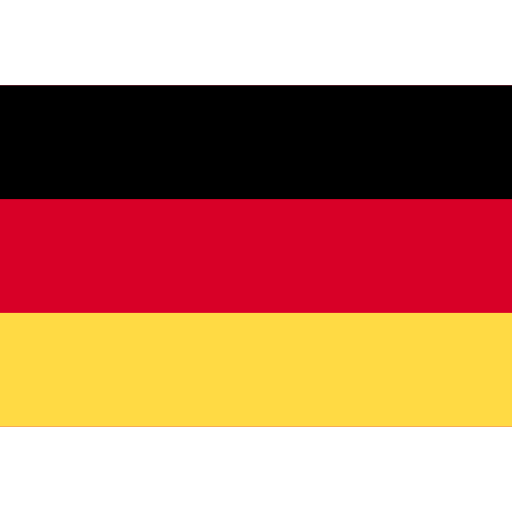DORA sets out rules across several core areas. The first is ICT risk management. Every organisation must have a detailed programme that includes risk identification, continuity planning and crisis response.
“You need a clear view of what your systems are exposed to and how you plan to respond when something goes wrong,” explains Dirk Jan.
Incident reporting is another key part. Serious ICT incidents must be reported to the relevant authority, such as De Nederlandsche Bank (DNB), without delay. Customers should also be informed promptly if an incident may impact them.
“That makes structured incident response a must. You need processes ready and tested,” he adds.
Digital resilience must also be tested regularly. Organisations are expected to run vulnerability scans, penetration tests, physical security checks and simulations of recovery procedures. These exercises make weak spots visible early and help teams act fast under pressure.
DORA also addresses third-party risk. Financial institutions must keep a clear overview of their suppliers and subcontractors. Contracts must be standardised and include details on security, availability and recovery.
Finally, DORA promotes information sharing. Organisations are encouraged to share cyber threat intelligence with others in the sector to prevent large-scale incidents.






.png?width=862&height=621&name=Mockup_Preview_Whitepaper_DORA%20(ENG).png)